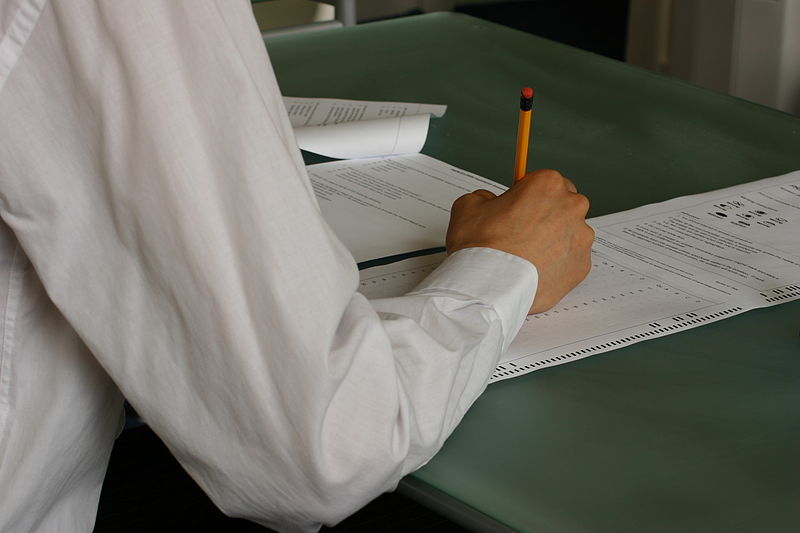Judgment vacated against client who was improperly served with lawsuit

In order for a Court to be able to enter a judgment against a person, that person must be properly served with a summons and complaint in accordance with New York’s Civil Practice Laws and Rules. If the summons and complaint are not properly served, then the Court does not have the power (or the jurisdiction) to enter judgment.
We were recently retained by a client who discovered that a judgment had been entered against him years earlier by a doctor’s office for an alleged unpaid doctor bill. Our client had only discovered the judgment because his employer was served with a subpoena. Judgments are very scary since they can become liens on your home, can lead to the Sheriff garnishing your wages, and other consequences. Of course our client was extremely concerned and wanted to take care of the judgment immediately.
Upon carefully looking at the Court file, we determined that the lawsuit had been served at an incorrect address and, therefore, the Court never had jurisdiction to enter that judgment against our client. We immediately made an application to the Court to vacate the default judgment in light of this improper service. The Court agreed with our position and scheduled a hearing of the process server.
The process server failed to bring with him to the hearing certain licenses and documents that he was required to bring under the local court rules. Further, we successfully cross examined the process server during which it was discovered that the process server did in fact serve the lawsuit at an improper address.
At the conclusion of the hearing, the Court found in our client’s favor and vacated the judgment in its entirety. Since the alleged debt was over six years old, a lawsuit could not be refiled against our client because the statute of limitations had expired.
If you discover a judgment has been entered against you, please contact our office to discuss your available legal options.
“Judgment vacated for client improperly served with lawsuit” was written by Michael S. Mosscrop.

